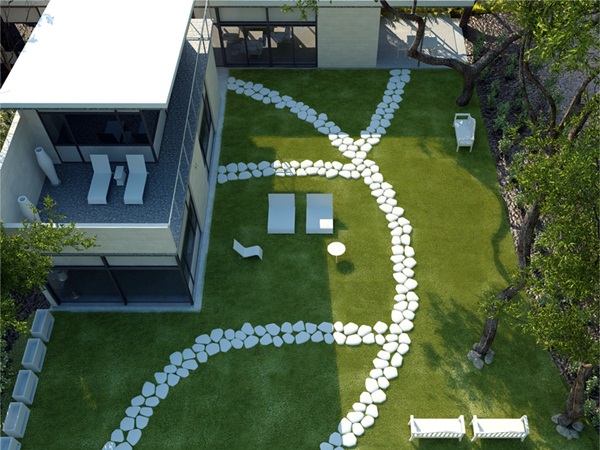How to choose the right flooring for the garden? Tips, ideas, materials to use, things to know, photos and examples.

Choose the right one garden flooring it is imperative for a good one livability of the environment, without damaging green spaces and the ecosystem of our green.
Advice and information to choose the right flooring for your garden
The elements to be taken into consideration are i colors, i types of materials preferring natural ones or those that in any case guarantee respect for our space in contact with greenery, the flooring composition.
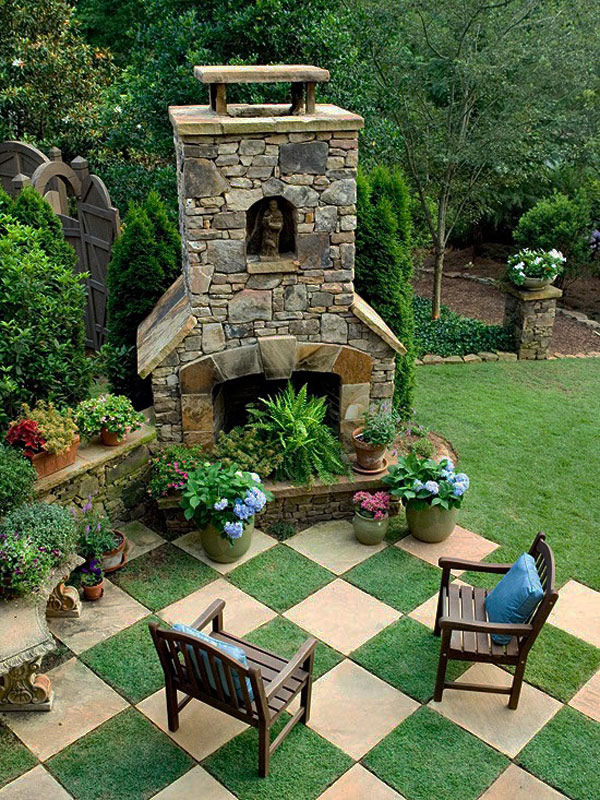
Choice of garden floor colors
The first element to consider is the choice of shades and hues to use, which should recall the natural colors present in the garden, without strongly contrasting with the home.
Light and neutral colors typical of natural materials, integrate and blend easily into the setting. We avoid strong or dark colors, except those of natural stones, because they make the floor the protagonist instead of greenery and nature.
Read also: Halogen oven: what to know before buying it

Choice of flooring materials
Second choice to be made concerns i materials to be used which sees a general subdivision into three different types of materials used for the garden flooring.
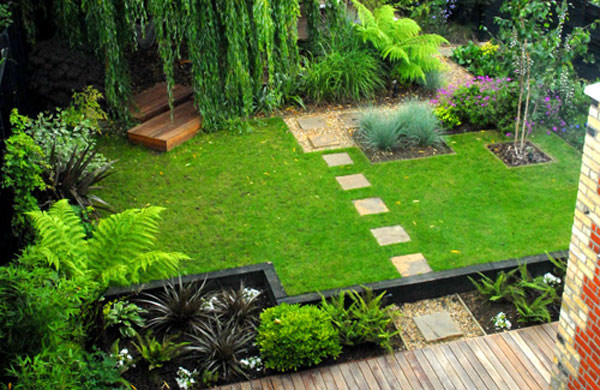
Natural materials
They are those collected in nature and simply assembled within the new environment, like stones, crushed stone, sands is timbers, already present in nature and repositioned in a workmanlike manner.

Partially Natural Materials
I’m natural materials, such as clays, the pottery, the terracotta, the laminated wood, which are treated with industrial tools and processes in order to obtain modular elements that can be assembled according to various designs.
The flooring that you get are of particular value and high aesthetic value, easily and pleasantly integrated also for the variety of colors and tones available.
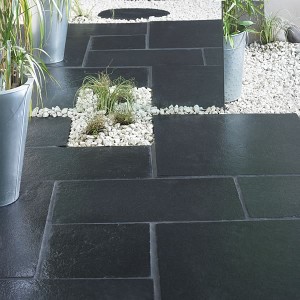
You may be interested in: The Zen garden: the idea of relaxing in an ecological way
Artificial Materials
These are surfaces made with entirely processes derived from industry. So these are artificial materials that can be useful in non-rustic settings, closely linked to a modern design or for particular resistance needs.
They are very useful in particularly humid gardens or with the presence of strong thermal excursions.
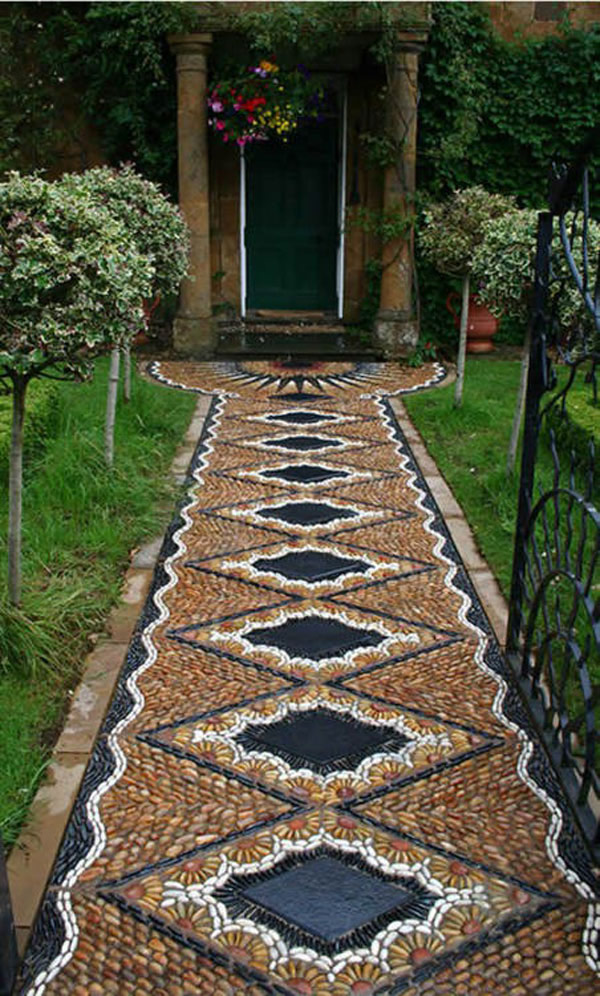
Composition of the flooring
There composition it is very important because unless you want to highlight the driveway with respect to the green, it must not have eccentric shapes and styles as for interior flooring, on the contrary it must be as less invasive as possible, it must integrate perfectly into the native microsystem maintaining a high melting index in the environment, enhancing it.
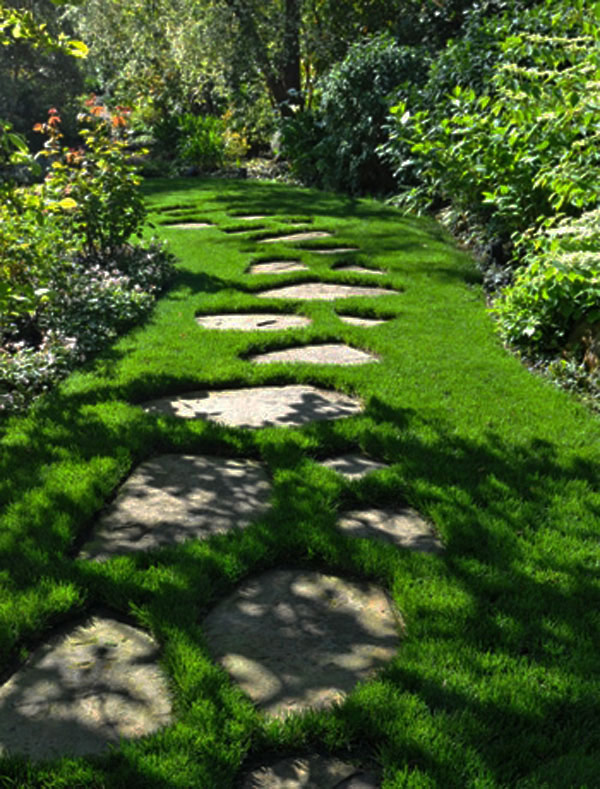
Do you want design advice on how to furnish? Join the group
Photo gallery ideas and examples of paving in gardens
Here is a rich one gallery from which to take inspiration to realize the flooring of one’s own garden:
How to choose the right flooring for the garden? Tips, ideas, materials to use, things to know, photos and examples.

Choose the right one garden flooring it is imperative for a good one livability of the environment, without damaging green spaces and the ecosystem of our green.
Advice and information to choose the right flooring for your garden
The elements to be taken into consideration are i colors, i types of materials preferring natural ones or those that in any case guarantee respect for our space in contact with greenery, the flooring composition.

Choice of garden floor colors
The first element to consider is the choice of shades and hues to use, which should recall the natural colors present in the garden, without strongly contrasting with the home.
Light and neutral colors typical of natural materials, integrate and blend easily into the setting. We avoid strong or dark colors, except those of natural stones, because they make the floor the protagonist instead of greenery and nature.
Read also: Halogen oven: what to know before buying it

Choice of flooring materials
Second choice to be made concerns i materials to be used which sees a general subdivision into three different types of materials used for the garden flooring.

Natural materials
They are those collected in nature and simply assembled within the new environment, like stones, crushed stone, sands is timbers, already present in nature and repositioned in a workmanlike manner.

Partially Natural Materials
I’m natural materials, such as clays, the pottery, the terracotta, the laminated wood, which are treated with industrial tools and processes in order to obtain modular elements that can be assembled according to various designs.
The flooring that you get are of particular value and high aesthetic value, easily and pleasantly integrated also for the variety of colors and tones available.

You may be interested in: The Zen garden: the idea of relaxing in an ecological way
Artificial Materials
These are surfaces made with entirely processes derived from industry. So these are artificial materials that can be useful in non-rustic settings, closely linked to a modern design or for particular resistance needs.
They are very useful in particularly humid gardens or with the presence of strong thermal excursions.

Composition of the flooring
There composition it is very important because unless you want to highlight the driveway with respect to the green, it must not have eccentric shapes and styles as for interior flooring, on the contrary it must be as less invasive as possible, it must integrate perfectly into the native microsystem maintaining a high melting index in the environment, enhancing it.

Do you want design advice on how to furnish? Join the group
Photo gallery ideas and examples of paving in gardens
Here is a rich one gallery from which to take inspiration to realize the flooring of one’s own garden:

